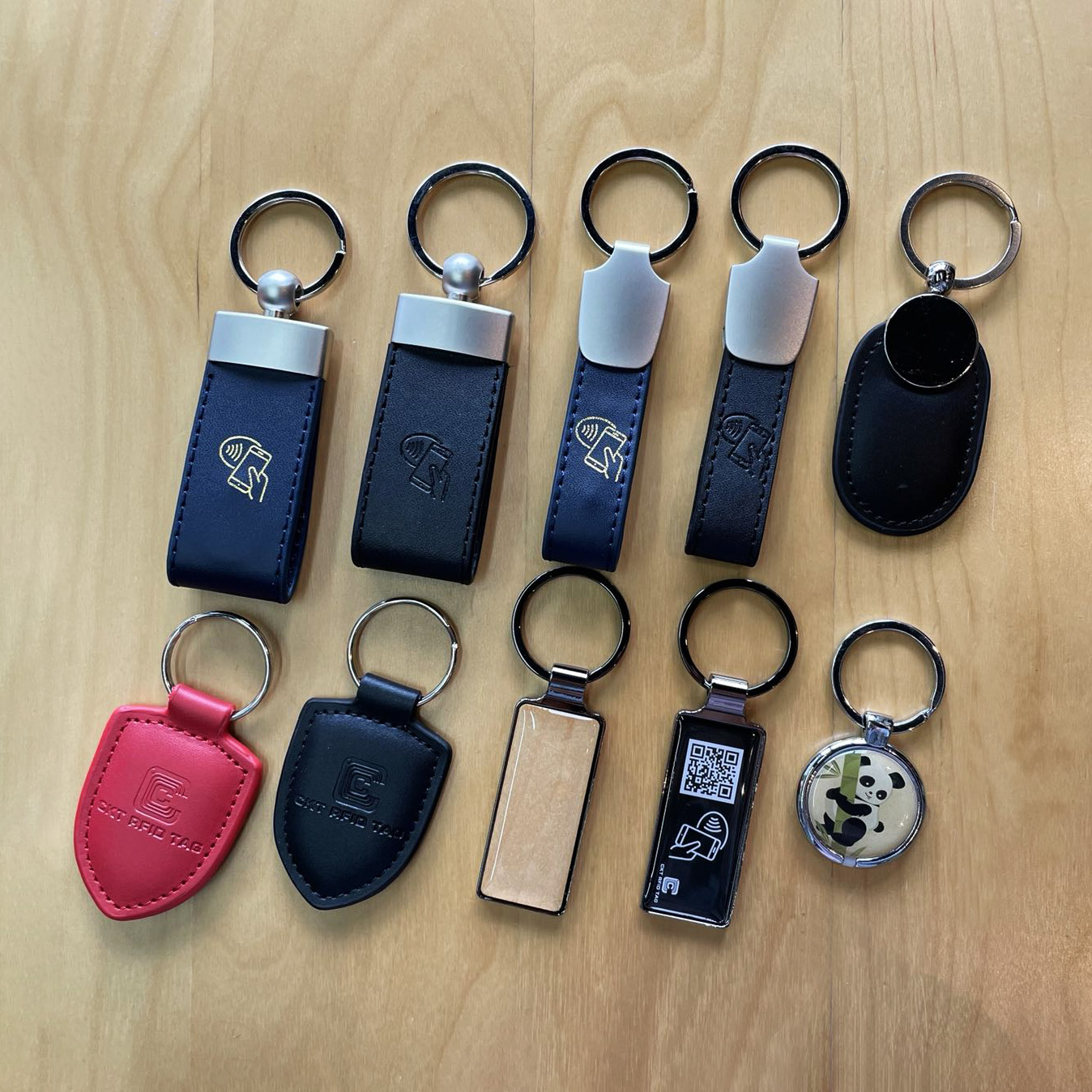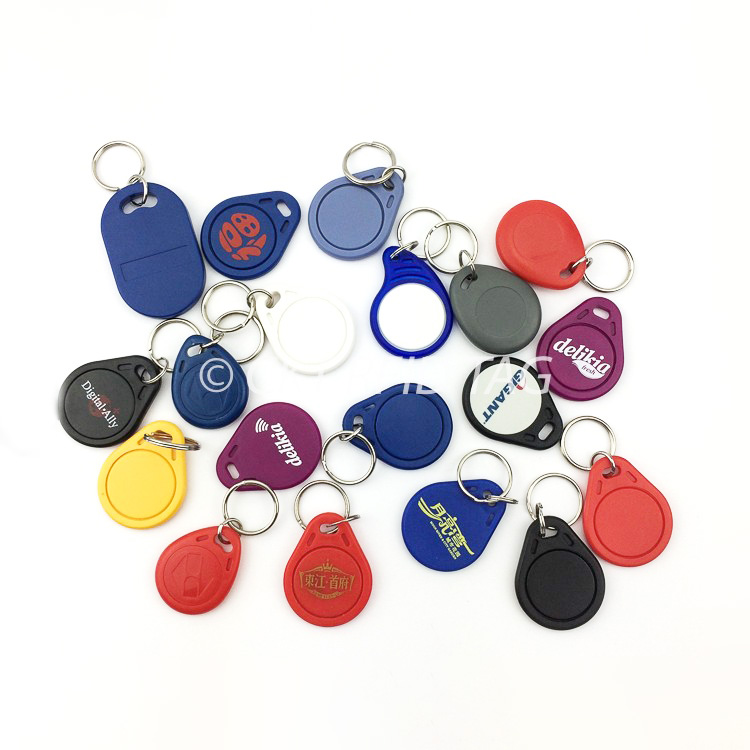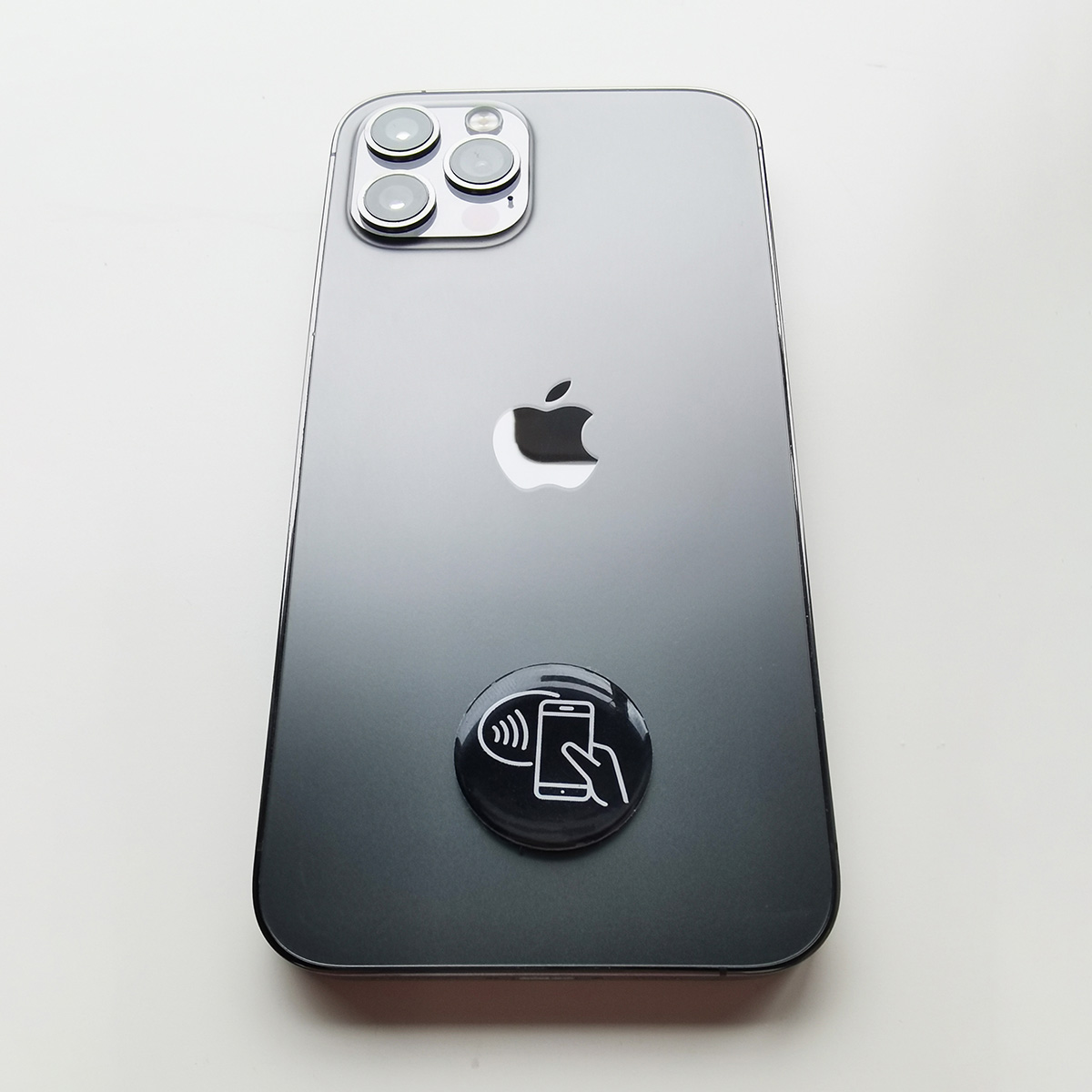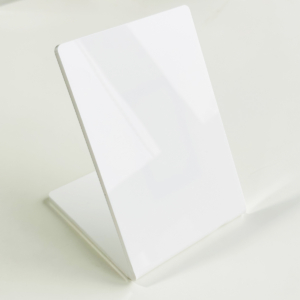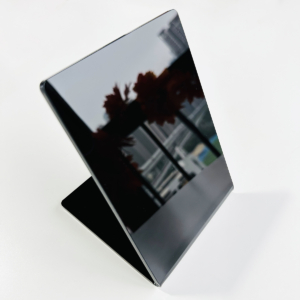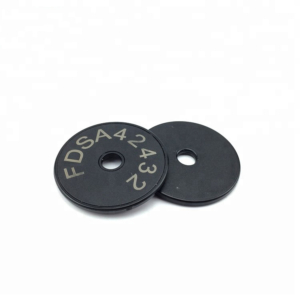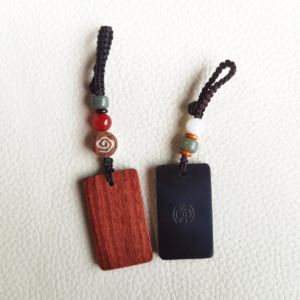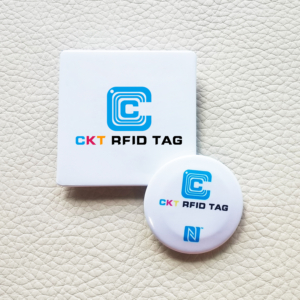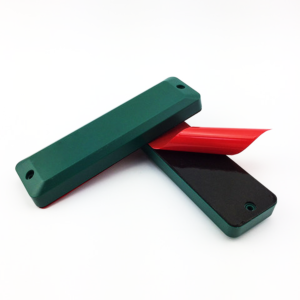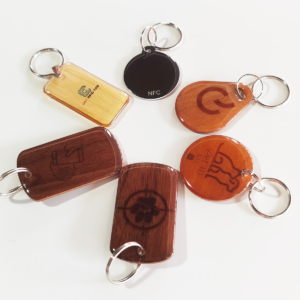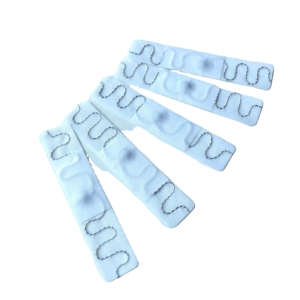NFC sticker tags
Generally, you can mark this into four areas – asset management, marketing, information access and personal use.
For personal use, they may be used to control your phone. For example, switching on an alarm, connecting to your wifi or similar. To be realistic, there are other ways to control your phone which are probably more useful than using NFC.
Marketing is just starting to gain traction, mainly because Apple has now enabled NFC on the iPhone. There’s an increasing number of exciting projects being launched. NFC tags provide a way to connect a physical object to a virtual online world. For marketing, it enables brands to provide their users with a quick way to find out more about products and increase brand engagement.
We used to consider Information Access as part of Marketing or Asset Management but the growth in the area means we now split it out. Essentially, it is the ability to use an NFC tag embedded within a product, item or packaging to allow a user to gain more information. For example, an NFC tag might be embedded into a product to allow the user to gain access (via the internet) to the latest user manual. Or, an NFC tag might be embedded into a restaurant table topper/sticker to allow access to the latest menu information or daily specials.
Asset management is a broad area and covers a number of use cases. This is probably the largest use area at the moment and with NFC tags being deployed everywhere from healthcare (where the person is the asset!) to counterfeit prevention systems.


